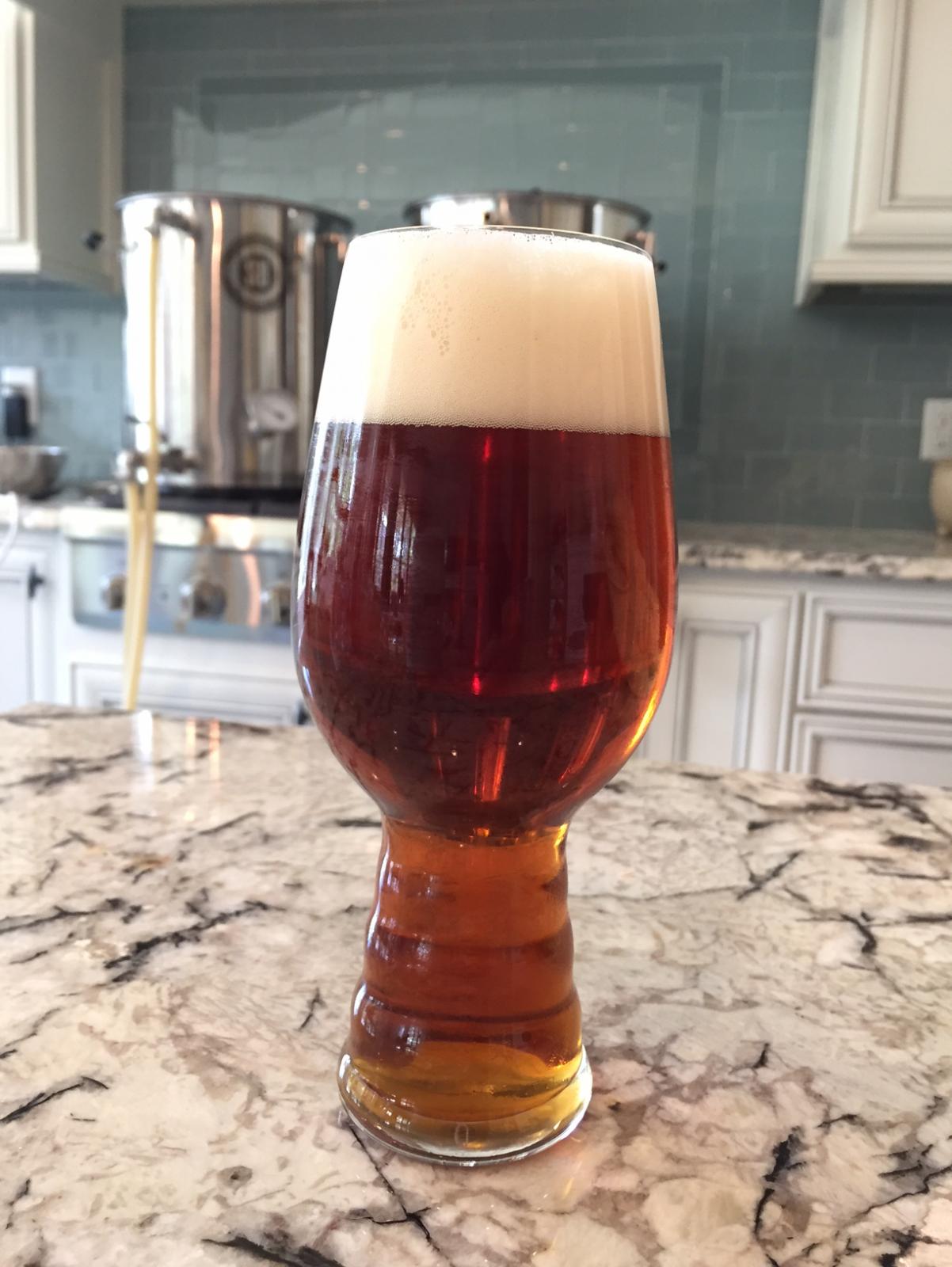The entire thread is about fine tuning a particular beer. In my opinion, there is nothing more useless than a recipe that is too general (pounds of grain instead of percentages, lack of attention to total volumes, Lack of water and pH info, etc.) I am simply reporting all aspects of the beers I am brewing..... I have basically settled in on what I like to do for hops, and yeast, fermentation, mashing etc. I am pretty close to what I like on grain bill. The only thing left is fine tuning water profile and pH. In order to find what might work best, you have to try some different things. That is a package of variables..... one of those variables is the amount of CaCl and Gypsum. Like I said - kind of hard to communicate a recipe without applying some numbers to those things.
The same argument could be made with EVERY variable in brewing....
"Why are you bothering to use 10.5 pounds of 2 row instead of 10...... who cares, you can't taste it any way."
"Why did you say mash at 154 .... you can't tell the difference between 152 and 154."
"Why did you say to ferment at 68..... there is no way you can tell the difference between a beer fermented at 68 or 70."
On and on..... but in the end, you have to say "something."
PH and water profile plays a big role in a beer. That comes as a package deal..... CaCl, Gypsum, NaCl, Epsom, Lactic Acid, type of water...... any one of those variables might be a small piece - but they all come as part of a bigger puzzle. All of them need to play a role. I know for a fact that switching Chloride and sulfate levels, even when dealing with < 75ppm, in beers like blonde ales, pilsners, light lagers, etc.... has a very noticeable effect. So, I am simply seeing if it has "some" effect in a pale ale as well. I am trying to communicate that in a way that someone else can replicate.
There are lots of extremes that can get you the "same thing" that will not actually be the same thing in the end:
Beer 1 = All RO water, only lactic acid to Mash pH of 5.35
Beer 2 = All RO water only CaCl to mash pH of 5.35
Beer 3 = All RO water only Gypsum to mash pH of 5.35
Beer 4 = High Bicarbonate water only lactic acid to 5.35
Beer 5 = High Bicarbonate water only CaCl to mash pH of 5.35
Beer 6 = High Bicarbonate water only Gypsum to mash pH of 5.35
All of those beers are "the same"....... but they are not the same. They are extreme routes to the same destination. They would taste very different in the end because you would have to use very large amounts of individual things to achieve your goal.
However, you can also use a little bit of a lot of things...... Blending RO/Tap water, some lactic acid, some CaCl, some Gypsum, some NaCl, some epsom...... when you do that to get to the destination you have to start dealing with minor tweaks instead of major swings.
How exactly does one convey potential water profiles without using specific numbers for various mineral additions?
If this was a thread titled: "I claim that I can tell the difference between 80 and 100ppm of sulfate in a finished beer." Then yeah - I get it - doubtful.
But it isn't ...... it is a thread about putting together a recipe and process for fine tuning a beer that is representative of a so-called NE IPA..... in order to do that, in a way that someone else has a chance of replicating, you have to use numbers - whatever those numbers happen to be.







